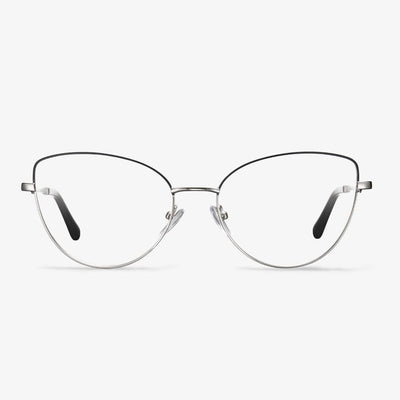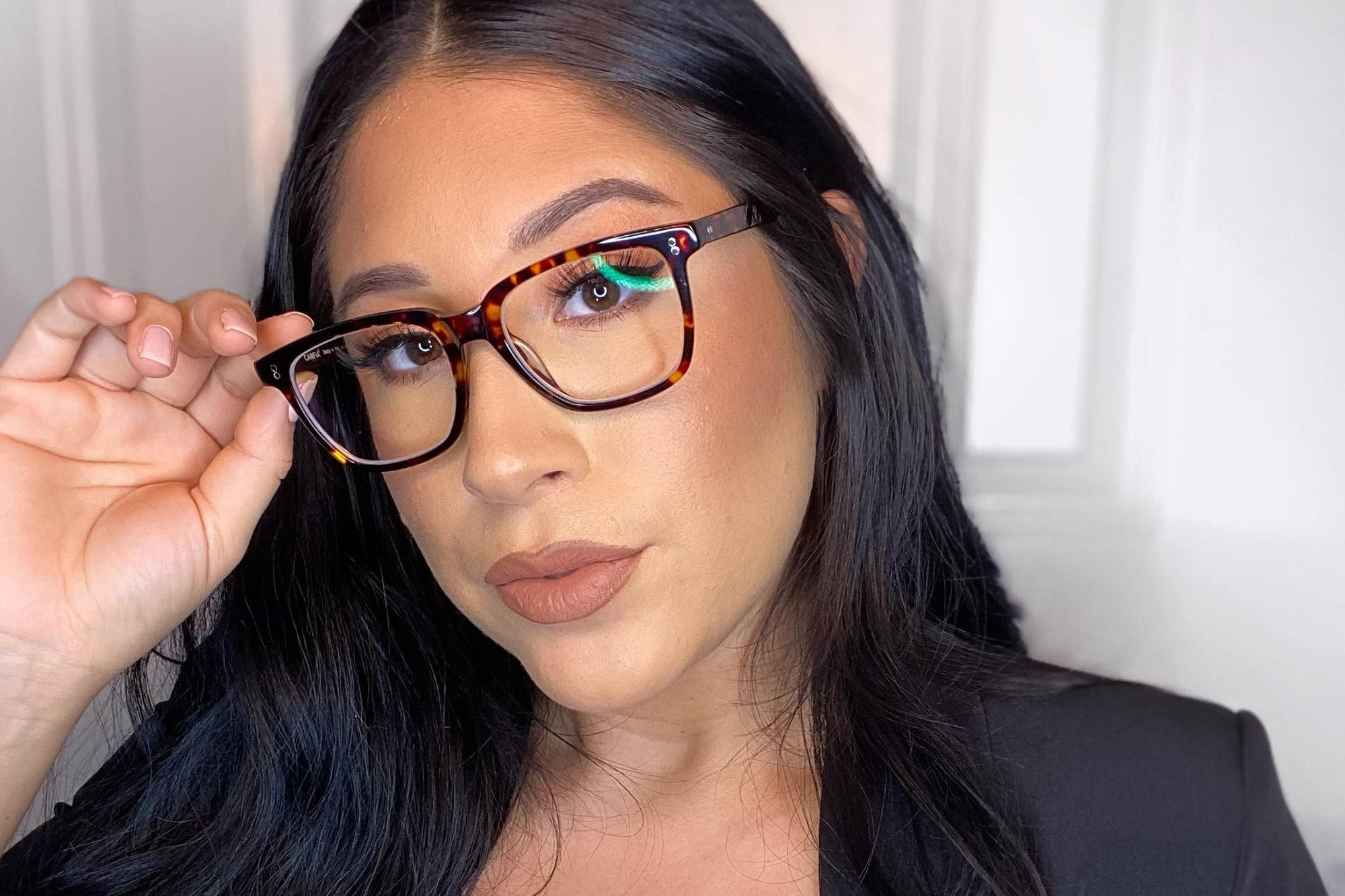What is hard coating on lenses?
Lenses are mainly added in two kinds of film: anti-reflection film and hard film (and some manufacturers produce anti-fogging film and mirror film, but not common). The anti-reflective film is mainly by coating the front surface of the lens with multiple layers of transparent materials with different refractive index and thickness to reduce the excess reflected light on the surface of the lens, by using the principle of light interference. The film can be applied to both glass and resin lenses. The way of hard film plating is usually a soaking process. After many times of soaking and cleaning, soaking in an organic solution containing ultrafine silicon element for a certain time, and then keeping it at a certain temperature for 4-5 hours, the fixed polymerization process of the film has been completed. The surface wear resistance of CR-39 coating can be increased by 2-4 pH, which is similar to the hardness of optical glass lenses.
The Role of Fishing Sunglasses
The special effect of the polarized lens is to effectively eliminate and filter the scattered light from the beam. In general, a polarized lens can arrange all the light in the same direction, so that the visual field is clear and natural. It also blocks ultraviolet light, reducing damage to the eyes and clearing out blinding light. Fishing glasses have the function of polarized light, so they can block all harmful light without affecting the transmission of visible light, which can really achieve the function of eye protection. In addition to the basic anti-ultraviolet function, fishing glasses also have the functions of anti-glare, reducing pavement reflection light and water scale light, etc., suitable for driving, fishing, tourism, and daily wear.
Zeiss lenses
Carl Zeiss AG is a German company that manufactures optical systems, industrial measuring instruments, and medical equipment. The name of the company comes from one of its founders, German optician Carl Zeiss (1816-1888). It was established in Jena in 1846 by Carl Zeiss, Ernst Abbe and Otto Schott.
Zeiss resin lens guarantees up to 99.4% of the lens light transmittance. The naked eye can no longer feel whether the lens is worn or not. So far, only Zeiss, the leading optical industry, can bring such extraordinary extreme effects. Moreover, in order to ensure the good imaging quality of the lens and make the lens longer life, Zeiss also adopted a new coating design, imported from Korea. The unique professional technology is combined with nanotechnology so that they manufacture the good quality of the top lens.
About Prism Glasses
The refractive index of the same medium is different for different colors of light. Different colors of light travel at different speeds in the same medium. Because the same medium has a different refractive index for various monochromatic light, and the deflection angle of each monochromatic light is different when passing through a prism. Therefore, white light through a prism will separate the monochromatic light, known as dispersion. What is the prism effect of glasses? As long as there is a deviation between the visual channel of the eye and the optical center of the lens, it can produce a prism effect. Therefore, the severity of the prism effect can be used to measure whether the glasses with the correct prescription are processed correctly and reshaped correctly.
The life of the color-changing lens
There is a reaction fatigue problem in both compound reaction and bond-breaking ring-opening reactions. Therefore, there is a shackle in the process of discoloration, which is the life of the discoloration lens. Generally speaking, high-quality color-changing lenses can maintain more than 90% color-changing effect after 2 years of use.
Can you wear glasses with swimming goggles?
One potential solution to blurry vision while swimming is to wear prescription glasses under your goggles. While this can be effective in improving vision, the biggest problem is that if you wear glasses under your glasses, your goggles don't fit tightly to your face, which means your eyes get water. If you try to fix the problem by tightening the goggles around your glasses, you could break something that would cost hundreds of dollars to replace.
What symptoms does myopia have?
Myopia is a problem related to the eye's ability to focus on distant objects. The manifestation of myopia is that blurred vision at a long distance. But near-distance vision is good. Early myopia often has long-distance vision fluctuation and squinting when looking at distant objects. Because looking close need not or less use an adjustment, and set function is weakened correspondingly. Those with high myopic have poor far vision, often accompanied by poor night vision, floaters, and other symptoms. Changes in the fundus of the eye can occur to varying degrees. It can form irregular shape white atrophy spots and so on.











































